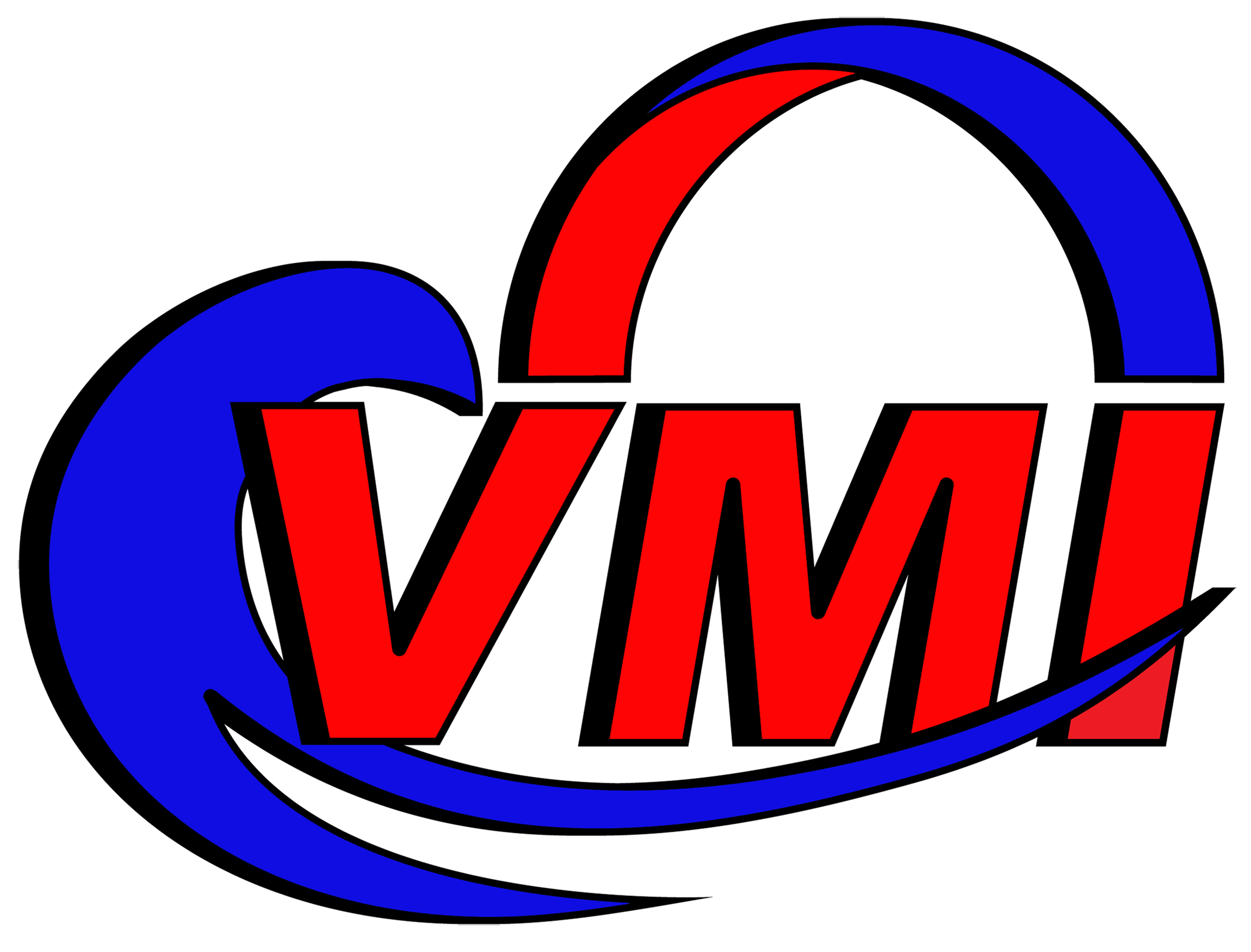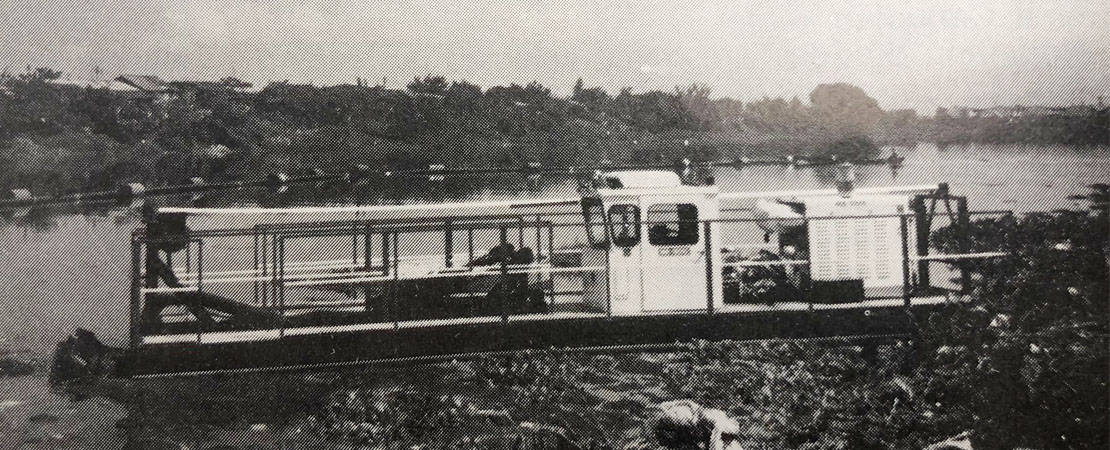VMI pump/dredge/pipe solves health hazard problems in Colombia
The city municipal government (EM-Cali) of Cali, in the Central American Country of Colombia was recently faced with a serious wastewater health hazard, when two flood control lagoons within the city boundaries were filled with raw sewage as a result of flooding combined with open trench sewage canals surrounding the area.
The lagoons covered a 35 hectare area and to intensify matters, many of the poverty striken residents of the city had established make-shift dwellings on the edges of the lagoons. This situation demanded immediate attention and the city turned to the environmental engineering firm Ingesam Ltd., headed by Mauricio Guerrero, to research a solution. It was determined that the sewage could be discharged into the nearby Rio Cauca river if careful attention was paid to the discharge rate and BOD load. The next step was to devise a cost effective means of removing the sewage from the lagoons and discharging it into the river.
Having read about dredging projects, Mr. Guerrero contacted Mr. Henry Boschen, export manager of VMI, Inc. of Cushing, Oklahoma, about the possibilities of using a dredger. After a trip to Colombia to view the situation it was determined that the dredging was indeed the only practical method.
The system requirements demanded using a minimum of equipment plus offering flexibility to reduce costs and to use the dredging equipment for other tasks at a later date. Saa & Angulo Construction firm of Cali was awarded the contract to dredge the lagoons. After meeting with VMI it was determined that the model MD-E615HN dredge along with a matched booster pump built by VMI would do the work.
The pipeline to be used was 8 inch polyethelene pipe, butt-fused wherever practical. The situation required the material to be dredged from the lagoons and discharged at a distance in excess of 4000m. The poly pipe was chosen for several reasons. The poly pipe offers strength but is light in weight. It can be curved to follow the contour of the ground and make turns where needed. By using a butt fusion machine the pipeline could be installed rapidly and also, when time came to remove the pipe, it could be cut in the desired lengths and reused at a new location.
The VMI MD-E615HN dredger used for the project offered numerous advantages. It is a one piece load and requires no disassembly to transport. The dredge uses a submerged pump with recessed impeller design. Composed of hi chrome material, the pump is extremely durable and its design is claimed to offer the ultimate in solids removal.
As is common in sewage, entrained gases present a problem with most pumps. This pump however has been tested and is capbale of handleing in excess of 30 per cent entrained gases. It is highly effective in solds removal and when combined with the VMI patented horizontal flow through full width suction cutter head provides excellent results in any type of sludge application.
The dredge travels by means of hydraulically driven treble sheave tracking on a small cable stretched across the lagoon as is common with most horizontal cutter dredges. All functions of the dredge are hydraulically operated being powered by a 234 horsepower diesel engine.
The dredge pump and the booster pump used were identical, as were the diesel engines, to minimise spare parts. Each pump is capable of 220' of head at 1750GPM. The discharge rate into the river was estimated to be 900 GPM so as not to exceed the allowable BOD load. Because the pumps are driven by variable speed hydraulics, the flows can be altered in virtually any flow rate within the pump curve, without reducing the engine speed below an acceptable level.
Upon completing the assembly of the dredge, booster pump and pipeline discharge package, VMI arranged shipping and the equipment was ocean freighted to Colombia. Upon arrival of the equipment in Cali, Henry Boschen of VMI arrived in Cali to assist in set up of the equipment and to train personnel.
The pipeline was the first item to be placed. To start the project to the near end of the first lagoon required the placement of over 2km of pipe. The pipeline was placed and the dredger was in position to operate after only one and a half weeks. With the system in place the first tests began. The initial test was to see if the dredger alone could flow the required amount without using the booster. The tests proved completely successful. Samples of the material were gathered and the percentage of solids obtained exceeded the highest expectaions.
With the dredging project underway and going well it is estimated the project will near completion in 14 months. Although this type dredging is quite common in the many countries it was considered a first in Colombia.






